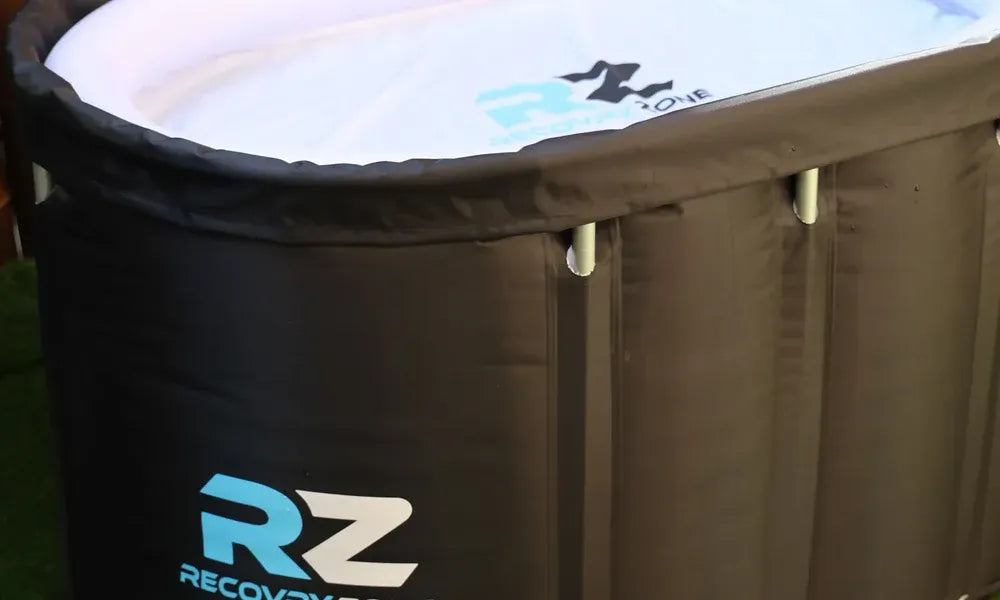Imagine this: It’s early morning, the air is crisp, and you’re standing at the edge of a freezing cold plunge. You take a deep breath, summon your courage, and submerge yourself into the icy water. Instantly, your body screams in shock—but moments later, something incredible happens. You feel alive. Your mind sharpens, your energy surges, and a wave of euphoria washes over you. But is this just a rush of adrenaline, or do cold plunges actually have real, science-backed benefits? Let’s dive in.
Are Cold Plunges Actually Good for You?
The short answer? Yes—if done correctly. Cold plunges aren’t just a trendy wellness hack; they’ve been used for centuries in cultures worldwide for their supposed health benefits. From the icy waters of Scandinavia to Japanese onsen traditions, the practice of immersing the body in cold water has deep roots.
When you expose your body to cold temperatures, something amazing happens internally. Your blood vessels constrict, reducing inflammation and swelling. As you warm up afterward, circulation improves, flushing out metabolic waste and flooding your system with oxygen-rich blood. This process is why many athletes swear by ice baths to recover after intense training sessions.
But the benefits aren’t just physical. Cold plunges can stimulate the release of endorphins—your body's natural feel-good chemicals—leading to improved mood, increased resilience to stress, and even better sleep. Some enthusiasts even report a heightened sense of mental clarity and focus after regular plunging.
Is There Scientific Evidence for Cold Plunges?
Absolutely! Science backs up many of the benefits that cold water immersion enthusiasts rave about. Research has shown that cold plunges can:
-
Reduce muscle soreness and speed up recovery – A study published in The Journal of Sports Science & Medicine found that cold water immersion significantly reduces muscle soreness after exercise, making it a go-to recovery tool for athletes.
-
Boost the immune system – Regular cold exposure may increase the production of white blood cells, helping your body fight off illness more effectively.
-
Enhance mental well-being – Cold plunges trigger the release of norepinephrine, a hormone linked to reduced anxiety and depression. In fact, some studies suggest that cold exposure could be a complementary therapy for mental health conditions.
-
Improve circulation and cardiovascular health – Cold exposure forces your heart to work harder to pump blood, which may strengthen the cardiovascular system over time.
-
Increase metabolism and fat-burning – Cold exposure activates brown fat, a type of fat tissue that burns calories to generate heat, potentially aiding in weight management.
Are Ice Baths Actually Beneficial?
Yes, but context matters. Ice baths and cold plunges can be incredibly beneficial, but they’re not a one-size-fits-all solution. The key is consistency and knowing how to use them correctly.
For athletes, cold plunges help accelerate muscle recovery and reduce inflammation. For everyday wellness seekers, they offer a mental and physical reset—boosting mood, increasing energy levels, and enhancing resilience to stress.
But just because ice baths offer benefits doesn’t mean you should be sitting in an ice-cold tub for hours. Experts suggest that anywhere between 2 to 10 minutes at temperatures between 10°C and 15°C is the sweet spot. Staying too long or plunging in water that’s too cold can do more harm than good.
What Are the Disadvantages of Cold Plunging?
While cold plunging has a long list of benefits, it’s not without risks. Here’s what you need to keep in mind:
-
Cold Shock Response – Jumping straight into freezing water can cause an involuntary gasp reflex, hyperventilation, and even panic. If you’re new to cold plunging, ease into it gradually.
-
Hypothermia – Prolonged exposure to cold water can lower your body temperature to dangerous levels. Stick to recommended time limits and always listen to your body.
-
Increased Heart Strain – Cold plunges can temporarily increase heart rate and blood pressure. If you have a heart condition or high blood pressure, consult a doctor before trying cold exposure.
-
Not for Everyone – If you have certain medical conditions (e.g., Raynaud’s disease, asthma, or circulatory disorders), cold plunging might not be safe for you.
Should You Take the Plunge?
If you’re looking to boost recovery, build resilience, and supercharge your energy, then yes—cold plunges are worth trying. But like any wellness practice, it’s about finding what works best for your body. Start with shorter, warmer plunges and gradually work your way down to colder temperatures and longer durations.
And don’t forget—the best way to make cold plunging a habit is to turn it into a ritual. Whether you plunge in the morning to kickstart your day or use it as a recovery tool after workouts, the key is consistency.
So, are you ready to embrace the cold and experience the benefits for yourself? Your body—and mind—might just thank you for it.


